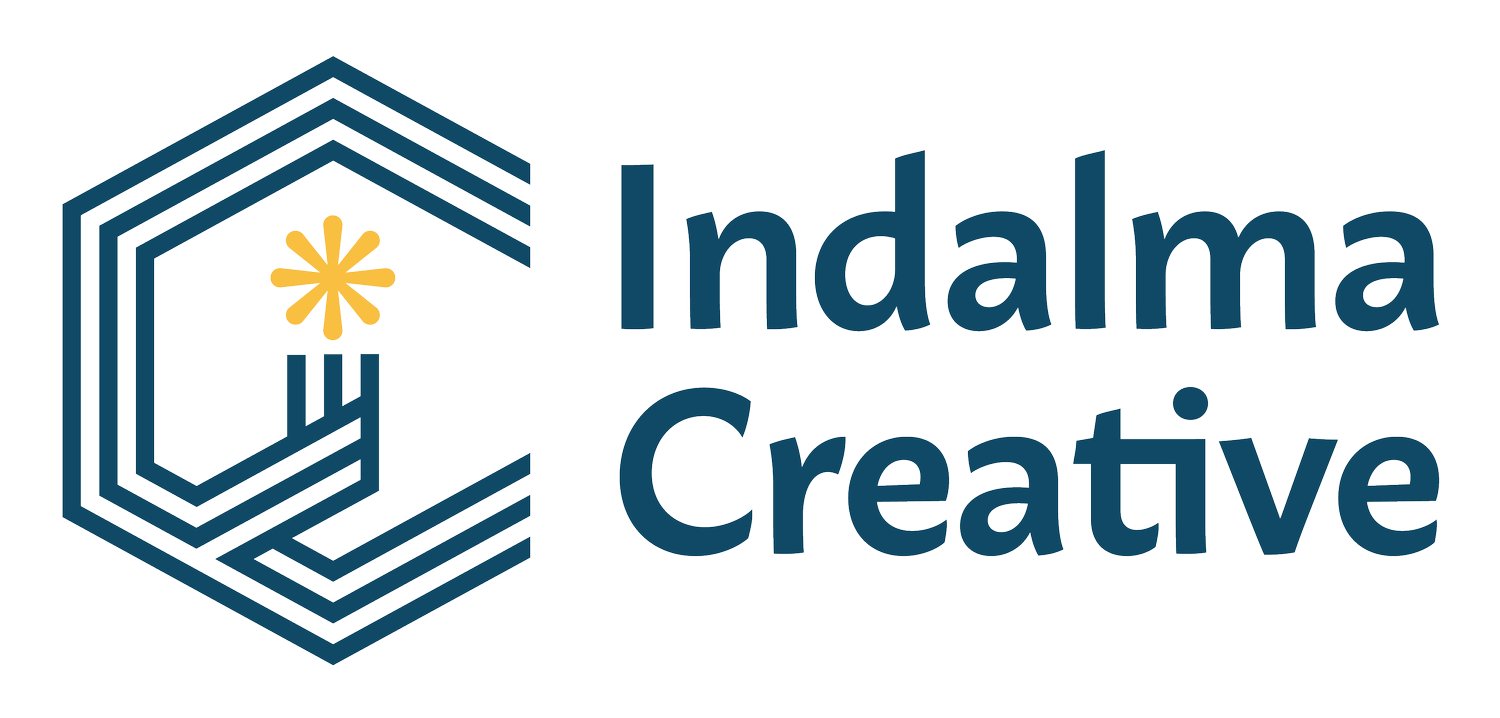Price vs. Quality: How To Compete On The Value Of Your Offer
In the new economy, there’s an overall perception that prices should be falling in some industries. Many businesses are being asked to sharpen their pencils as hungry competitors make lowball offers in order to win jobs.
But how do you do that if you’re a small business that is already struggling to maintain an employee payroll and pay rent…with fewer jobs? Or, if your brand is built on delivering high quality and excellent service, which come at a cost? How do you compete in a price-driven market?
Our answer is that if you don’t want to compromise a brand that has been built on quality and service, you compete on value, rather than price.
Do you want the customers whose primary consideration is price?
Is that your market? Are those the clients you want to work with?
Do you have solutions you can offer to address price perception that will not compromise your values around service and quality?
Solutions that will leave your brand reputation intact, allow you to continue to do good work, and not make you feel compromised, or place you at a pricing disadvantage when the pandemic is over.These solutions are for the clients you know you want to work with, who still may have concerns around finances.
For example, can you offer a wider range of pricing options, or smaller, more affordable bites of your service or product? In our case, for example, that might look like a Branding Starter Package that includes core positioning statements, a logo, tagline, stationary, and colour palette, instead of a full branding project. In the case of a high-end builder, it might look like a wider range of finishing options that range from “good” to “best” – instead of the “best” they always deliver in better times.
Are you communicating your value?
Don’t assume that your market understands the depth and importance of what you’re offering, relative to your lowball competitor. You need to spell it out. Maybe it’s a blog on your website, maybe it’s a page attached to your pricing proposal, maybe it’s all those testimonials you’ve been meaning to collect and post on your website and social media.
Your fair pricing may translate into: on-time delivery, attentive service, high-quality workmanship, low employee turnover, transparent, all-inclusive pricing, and the ability to make guarantees. Make sure potential clients know what each of those things mean for them. For example, you’ll meet their project timeline because you can afford to have workers dedicated to their project, and not stretched across a number of projects.
Spell out your value
Your website and print material should contain plenty of benefit statements (how your service or product features can solve your customer’s problem or improve their experience). Add layers of explanation and proof with blogs, case studies, and testimonials on your website. If lowballing is a real issue in your industry, consider addressing price perception at the decision point by attaching a page to your proposals that clearly summarizes the benefits you’re delivering at this pricepoint.
Your pricing structure may translate into features such as attentive service and high-quality workmanship that deliver obvious benefits. But you may need to tell a deeper story to communicate the full value of some of the hidden, or less tangible, costs of delivering a quality service or product.
For example, if you pay competitive wages, you may have low employee turnover. The benefit to your customer is in relationship-building and consistency – they’ll be dealing with the same account manager or service representative week-after-week. If you pay to carry a full team, instead of spreading your resources thinly across projects, you’re offering quick response times and on-time delivery. If you allow enough room in your project budget for creativity, your client gets the full benefit of carefully considered, custom solutions.
Pricing can be a tricky thing for any business owner to address – particularly right now. But if you can show your full value and match it to your market’s needs, it is possible to attract the clients who will support you – the ones who want more, and who will pay for quality services and products.
Everyone can benefit from a sounding board
At the beginning of the pandemic, when all of us were wondering what this would mean for our businesses, we decided that one of the ways we would serve our existing clients was by offering free, one-hour strategy sessions.
We knew that many business owners, without the benefit of large teams to advise them, were struggling to determine their next steps. By lending an ear, along with two decades of design and marketing experience, we were able to act as a sounding board for everything from new ideas to doubts, and help clients organize their priorities for the year ahead. For both them and us, it felt like we were less alone during a stressful time.
And we have to admit, we enjoy this kind of coaching/brainstorming/big-picture work – we do a lot of it. In the studio, we’re lucky enough to have a team to bounce ideas off, but many of our clients don’t, and even if they do, they often want a confidential, unbiased perspective from outside their workplace. Having regular conversations with a think tank partner helps them find solutions, shift their perspective, prioritize their needs, make a plan and stick to it.
Looking for more ideas from StudioTalk?
StudioTalk is our free, quarterly newsletter full of practical design, branding, and customer relationship-building ideas to help you grow your business.




